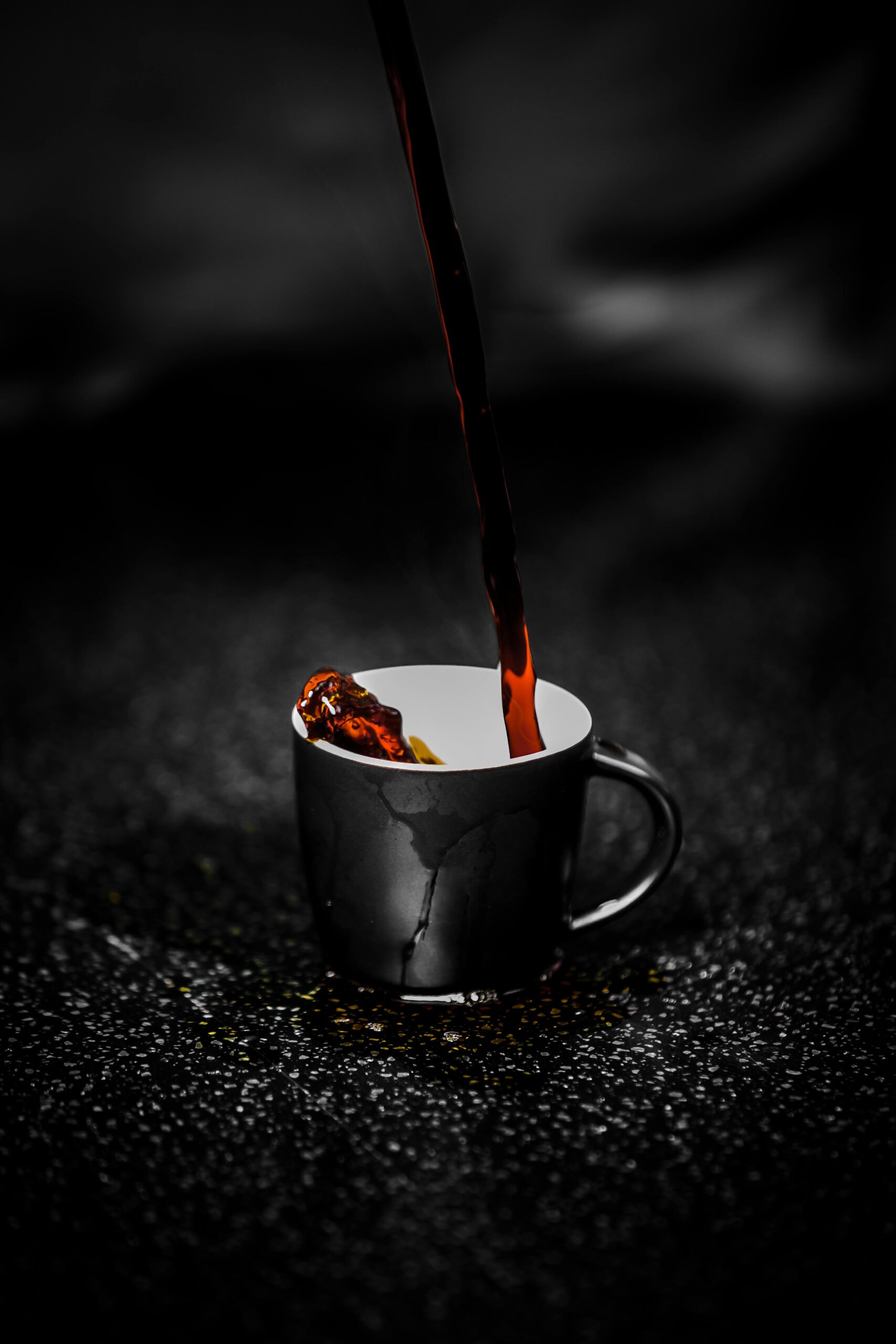The core of extraction lies in grind size
Every great cup of coffee begins with the right grind, which is why why coffee grind size matters cannot be overstated. Grind size governs how quickly flavors are extracted, how evenly the slurry brews, and ultimately whether your coffee tastes balanced or muddled. Finer grounds expose more surface area to water—accelerating extraction—while coarser grounds slow it down. This precision helps control sweetness, acidity, body, and bitterness. In a world where 30% of a bean is extractable solubles, optimizing grind size is your best variable to dial in flavor and consistency. North Star Coffee Roaster
Surface area, extraction, and the Goldilocks zone
Grinding transforms beans from solid blocks into many tiny fragments, dramatically increasing surface area. The more surface area, the faster extraction happens—bringing out flavor swiftly but risking over-extraction if too fine. Conversely, too coarse a grind and water passes through too fast, under-extracting and leaving your brew sour or weak. Stoble Coffee emphasizes that grind size regulates flavor intensity by balancing flow resistance and extraction time. Stoble Coffee Roasters Finding the “just right” (not too fine, not too coarse) grind is key to a balanced cup.
Match grind size with your brew method
Different brewing methods demand different grind sizes:
- Espresso: Very fine grind (like powdered sugar) to resist high pressure and extract flavor within ~25–30 seconds.
- Pour-over / drip coffee: Medium grind (like sand) for balanced extraction in 3–4 minutes.
- French press / cold brew: Coarse grind (like sea salt or coarse breadcrumbs) to avoid over-extraction during long steep times.
Caffè Vergnano highlights how contact time and flow rate vary with grind size—espresso needs finer grind due to its short contact time; immersion brews need coarser grind. Caffè Vergnano
Uniformity matters—choose burr over blade
Grind consistency is as impactful as size. Burr grinders produce uniform particles, while blade grinders spit out uneven chunks, increasing the risk of uneven extraction and off-flavors. Serious Eats (via Food & Wine) warns that blade grinders create a mix of dust and boulders, disrupting reproducibility. Likewise, Wired emphasizes that grinder precision and consistency matter more than brewing method when it comes to taste control.
Real-world calibration and sensory feedback
Dialing in your grind is about more than numbers—it’s taste. Industry pros—and even Tom’s Guide—suggest visual and sensory cues, like watching espresso flow mimic honey (if it’s too fast, grind too coarse; too slow, grind too fine). Tom’s Guide On Reddit, enthusiasts often test by pulling back-to-back espresso shots, adjusting grind one notch at a time to find the sweet spot (usually within 25–30 sec).
The science of uneven extraction
Grind too fine or inconsistent, and you risk uneven extraction—where water channels through areas, leaving pockets under-extracted or over-extracted. A model study on uneven extraction shows that at extremely fine grind sizes, extraction may actually decrease, due to flow instability and channeling.
Advanced insight: tackling electrostatics
Grinding can cause static, leading to clumping and erratic extraction. Research shows that lightly wetting beans before grinding (0.05 mL/g) can dramatically reduce static. This improves particle release, grind uniformity, and can increase brew concentration by 15%—especially in espresso.
Watch and visually learn—high-view YouTube video
Here’s a widely viewed YouTube video that breaks down why grind size matters across methods—highly visual and packed with practical cues:
(Click the thumbnail to watch—see side-by-side outcomes with different grind sizes, and learn how small adjustments change flavor and texture.)
Grind size in context: brew variables at play
While grind size is foundational, it’s not alone—brew ratio, water temperature, filter type, and brew bed geometry also shape extraction. Counter Culture Coffee reminds us that grind size must be considered within the wider system of brewing variables. Counter Culture Coffee The Guardian also emphasizes that while grind size is critical, beans, roast, water, and technique all interact to create the final taste.
Practical calibration chart (quick reference)
| Brew Method | Suggested Grind Size | Notes |
|---|---|---|
| Espresso | Very fine (powdered sugar) | Short extraction time; high-pressure brew |
| Pour-over / Drip | Medium (sand-like) | Balanced extraction in ~3–4 minutes |
| French Press | Coarse (sea salt) | Long steep time; avoids over-extraction |
| Cold Brew | Very coarse | Very long steep (12–24 hours) |
Use this as a starting point—then fine-tune based on taste, flow rate, and brew time.
Conclusion: Unlock your coffee’s full flavor
In short, grind size is one of the most powerful levers in your brewing toolkit. It controls how water interacts with coffee—how fast, how evenly, and how completely flavors are extracted. A consistent, method-appropriate grind elevates sweetness, balance, and clarity; a mismatched or uneven grind obscures them. Whether dialing in espresso, perfecting your pour-over, or coaxing smoothness from a French press, mastering grind size transforms your coffee from routine to remarkable. Adjust with intention, taste with focus, and let every cup tell your precision.

